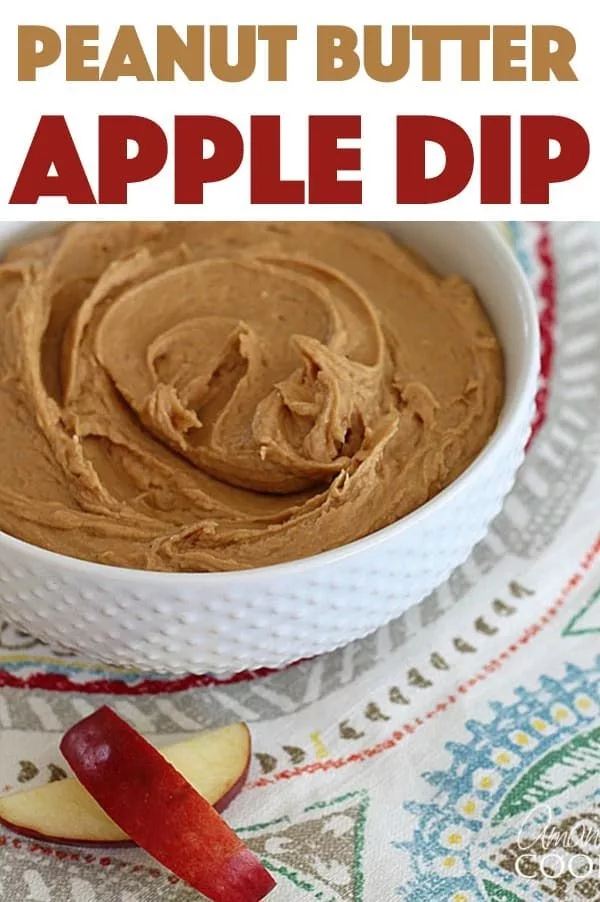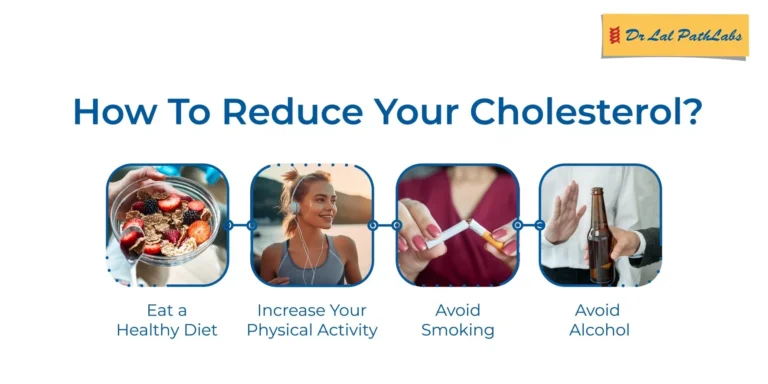Early Symptoms and Treatment of Frostbite
Early Symptoms and Treatment of Frostbite, Which is Easy to Catch in Cold Winter
Hello, everyone! Winter is already approaching, isn’t it? As the cold wind begins to blow, our bodies naturally undergo various changes. Today, I want to talk about frostbite, which is particularly easy to catch in cold weather. By learning about the early symptoms of frostbite and how to treat it, we can stay healthy this winter, right? So, let’s get started!

What is Frostbite?
Frostbite refers to the phenomenon where specific parts of the body are exposed to extreme cold, leading to tissue damage. It commonly occurs during winter, especially affecting exposed areas such as the hands, feet, nose, and ears. In the early stages of frostbite, the skin becomes cold and pale, and in severe cases, necrosis can occur. When tissue damage happens, blood circulation becomes impaired, which can lead to permanent damage, making prevention and early treatment crucial. Frostbite is a serious condition that should not be ignored, especially for those who frequently engage in activities in cold environments.

Recognizing the Early Symptoms of Frostbite
The early symptoms of frostbite usually occur with a decrease in skin temperature and loss of sensation. When symptoms first begin, the affected area feels cold and may appear pale or red. Following this, a tingling sensation or burning pain may be experienced. In severe cases, swelling may also occur, and sensation may be completely lost. It is important to recognize these early symptoms and take immediate action, as neglecting them can lead to more serious damage later on. Therefore, during winter, it is especially important to pay attention to your body’s reactions.
Main Causes of Frostbite
The primary cause of frostbite is prolonged exposure to low temperatures. As the skin cools, blood vessels constrict, leading to reduced blood flow. Additionally, moisture and wind can cause body temperature to drop more rapidly, and staying in such environments for extended periods is a major cause of frostbite. Particularly, engaging in activities while already cold and not wearing protective gear increases the risk of frostbite. It is essential to be especially cautious during outdoor activities in winter and to take preventive measures.

Risk Factors and Prevention of Frostbite
Risk factors for frostbite include cold weather, humid environments, inadequate protective gear, and physical fatigue. People with circulatory disorders are particularly vulnerable, so caution is necessary. To prevent frostbite, it is advisable to wear appropriate winter clothing, gloves, and hats. Additionally, during winter, it is important to manage activity time and avoid staying outdoors for long periods to prevent frostbite. Regularly keeping the body warm and checking one’s physical condition are also important preventive measures.
Diagnosis Methods and Key Tests for Frostbite
The diagnosis of frostbite is primarily based on physical examination. Medical professionals will examine the suspected areas of frostbite and check symptoms and medical history to make a diagnosis. If necessary, a percussion test may be conducted to assess the degree of sensory loss, and in severe cases, ultrasound or blood tests may be performed to check blood circulation. These tests provide important information for determining the severity of frostbite and the direction of treatment. If frostbite is suspected, it is recommended to consult a professional immediately for an accurate diagnosis.

Treatment Process and Recovery Methods for Frostbite
The treatment process for frostbite emphasizes the immediate restoration of body temperature in the first stage. Treatment begins by soaking the affected area in warm water or using methods to raise body temperature. Following this, pain management and medication may be necessary depending on the condition of the damaged tissue. In severe cases of frostbite, surgical treatment may be required, and necrotic tissue may need to be removed. During the recovery process, it is important to minimize fatigue and provide adequate hydration and nutrition to aid recovery. Continuous management and rehabilitation are also required after treatment.
Precautions and Tips for Frostbite Treatment
When treating frostbite, it is crucial not to rub the damaged area and to avoid sudden changes in temperature. Rubbing can further damage the skin, and rapid temperature changes can negatively affect blood circulation. Additionally, if wounds occur, they should be kept clean to prevent infection. During recovery, it is important to refrain from activities and seek guidance from professionals if necessary. Finally, if pain or discomfort persists, it is essential to consult medical personnel for further action.

Daily Life Management Tips for Prevention
To prevent frostbite, it is essential to follow several precautions in daily life during winter.
First, always wear appropriate winter clothing when going outside to maintain body temperature. Second, if possible, avoid going out on very cold or windy days and prefer to stay indoors. Third, if you need to be outside for an extended period, regularly go indoors to regulate your body temperature, and keep your hands and feet warm. Additionally, ensuring adequate nutrition and hydration to prevent body temperature from dropping is also an important preventive measure.

Here are some helpful resources that can provide more insights into food safety and prevention:
-
What is Food Poisoning?
Learn more about food poisoning and its causes: CDC – Food Poisoning -
Major Causes and Transmission Routes
Understand the common culprits behind food poisoning: Food Safety and Inspection Service -
Symptoms and Diagnosis
Find detailed information about symptoms and how food poisoning is diagnosed: Mayo Clinic – Food Poisoning -
Dining Out Safely
Tips for safe dining experiences: Food Safety – Dining Out -
Healthy Eating Habits
Discover how healthy eating can prevent food poisoning: Nutrition.gov
I hope these resources help everyone stay informed and healthy! Let’s continue to create safe eating habits together. If you have any questions or need more information, feel free to ask!
Feel free to adjust any part of this response to better fit your style!






